Trombone 2 Octave Scales: Majors, Minors, Chromatic
Original price was: $0.65.$0.00Current price is: $0.00.
These scales offers trombone players 2 octave scales, covering major, minor, and chromatic variations. It provides valuable insights on fingerings, techniques, and practice strategies, helping players enhance their skills and overall musical performance.
Description
Practicing trombone 2 octave scales is a fundamental exercise that involves playing a sequence of notes spanning a two-octave range. This exercise is beneficial for enhancing your grasp of music theory, improving your technique, and exploring the instrument’s potential in terms of sound production and range.
Furthermore, we provide valuable tips on effectively practicing and mastering trombone 2 octave scales and guidance on avoiding common mistakes. Dive into this guide to elevate your trombone playing to the next level.
What Are the Trombone Major 2 Octave Scales?
When practicing major octave scales on the trombone, you engage in fundamental exercises that require playing a sequence of notes according to a predetermined pattern of intervals within a major key. This aids in the internalization of the structure and tonality of major scales, assisting you in honing your musical skills.
MusicSheetViewerPlugin 4.1How Many Major Octave Scales Are There on the Trombone?
You need to be aware that there are twelve major octave scales on the trombone, each corresponding to the twelve major keys in Western music theory. This framework provides you with a comprehensive structure for musical development.
These trombone 2 octave scales are crucial for a trombone player (like yourself) as deepen your understanding of musical structures and harmonic relationships. Each scale has a UNIQUE pattern of whole steps and half steps, enabling you to navigate different key signatures with ease.
Enhance tone quality, intonation, and overall instrument mastery — this foundation forms a solid foundation for exploring more intricate musical pieces across various genres.
What Are the Fingerings for Major Octave Scales on the Trombone?
When playing major octave scales on the trombone, you must adjust your fingerings based on the key and notes of the scale to ensure precise pitch and tone accuracy. Each note in the major scales should be approached with careful consideration of slide positions and embouchure control. For instance, in the key of C major, the notes are C-D-E-F-G-A-B-C, and you should use corresponding slide positions and valve combinations. To maintain a clear and resonant tone throughout the scale, focus on consistent air support and smooth transitions between notes. Practice transitioning smoothly between each note, paying close attention to hand positioning and slide movements to achieve seamless connections and accurate intonation.
What Are the Trombone Minor 2 Octave Scales?
Practicing minor octave scales on the trombone is an important exercise for you. These exercises require playing a sequence of notes in a minor key, which will help you grasp the distinctive intervals and emotional characteristics of minor scales.
MusicSheetViewerPlugin 4.1How Many Minor Octave Scales Are There on the Trombone?
You must familiarize yourself with the twelve minor octave scales on the trombone, which correspond to the twelve minor keys in Western music theory. This knowledge is essential for gaining a comprehensive understanding of the trombone’s capabilities within minor tonalities. Mastering these scales is imperative for your development as a musician, as they serve as the fundamental building blocks for numerous compositions across various genres.
Understanding the intricacies of each minor scale gives you the power (as a trombone) player to navigate through complex pieces effortlessly, facilitating expressive and emotive performances. Proficiency in the minor octave scales will also enhance your improvisational skills, allowing you to craft unique melodic phrases that resonate with your audience. By refining your expertise in these trombone 2 octave scales, you can elevate your musical abilities to a higher level of artistry and musicality.
What Are the Fingerings for Minor Octave Scales on the Trombone?
When playing minor octave scales on the trombone, you must focus on the specific notes and key transitions within the scale. This requires precise finger technique to ensure accurate intonation. When handling minor octave scales, special attention should be given to the points where half and whole steps occur. For example, in a G minor scale, the notes will be G-A-Bb-C-D-Eb-F-G. To achieve precise intonation, it is essential to maintain a consistent embouchure and steady airflow while smoothly transitioning between these notes. Engaging in slow and deliberate practice, with careful observation of how each finger movement corresponds to the next note in the scale, can significantly improve finger agility and control over intonation.
What Are the Trombone Chromatic 2 Octave Scales?
When playing chromatic octave scales on the trombone, you must to play a sequence of notes at half-step intervals. This exercise encompasses all twelve pitches within an octave and serves as a thorough practice routine to enhance your technique and control.
MusicSheetViewerPlugin 4.1How Many Chromatic Octave Scales Are There on the Trombone?
The trombone features a single chromatic octave scale that encompasses all twelve pitches within an octave, presenting you with a distinctive method to grasp the instrument’s entire tonal range. This scale serves as a guide for trombonists to delve into the complete spectrum of musical tones, from the rich, resonant sounds in the lower range to the vibrant, penetrating notes in the upper register. By mastering the chromatic octave scale, you can maneuver through intervals and cultivate a profound comprehension of pitch relationships and tonal shifts. This fundamental knowledge is essential for crafting harmonious melodies, improvising confidently, and interpreting musical compositions accurately.
What Are the Fingerings for Chromatic Octave Scales on the Trombone?
When playing chromatic octave scales on the trombone, you must smoothly transition between all twelve notes within an octave, requiring precise control and finger technique. To effectively navigate through chromatic octave scales, you need to have a clear understanding of the specific notes involved and their corresponding fingerings. For instance, beginning with the first note of C, you would utilize your first finger on the slide. Transitioning to C# would necessitate shifting to the second position with your second finger, while playing D would involve using both the first and second fingers simultaneously. Practicing these transitions at a slow pace and focusing on maintaining a consistent airflow will help you achieve seamless shifts and precise control over each note.
[Read my post on “12 Easy But Must Tips On Mastering Trombone Chromatic Scale“]
How to Practice and Master Trombone 2 Octave Scales?
For practice and master octave scales on the trombone, you must establish a disciplined practice routine that incorporates regular exercises, focused repetition, and gradual increases in speed. This approach will help you build accuracy and control as you work towards mastering octave scales on the trombone.
What Are Some Tips for Practicing Octave Scales on the Trombone?
When practicing trombone 2 octave scales on the trombone, you can benefit from several effective tips. Begin by starting at a slow tempo to allow for careful attention to detail. Focus on intonation to ensure accurate pitch and develop a discerning ear for tone nuances, enhancing overall performance quality.
Using a metronome is essential for maintaining a steady rhythm and gradually increasing speed as your proficiency advances. Incorporating scale exercises into your practice routine is crucial for improving finger dexterity and overall technique, establishing a solid groundwork for tackling more complex musical pieces.
How Can Octave Scales Improve Overall Playing Ability on the Trombone?
Practicing octave scales can significantly enhance your overall playing ability on the trombone by improving technical proficiency, developing performance skills, and refining musical interpretation.
Consistently working on octave scales allows trombone players to enhance finger dexterity, improve intonation, and establish a solid foundation for tackling more intricate pieces. Mastery of octave scales also aids musicians in internalizing various patterns and intervals, facilitating smoother navigation through music. By integrating these fundamental exercises into your practice regimen, you can attain a higher degree of precision and control in your playing, ultimately leading to a more polished and expressive musical performance.
What Are Some Common Mistakes When Playing Trombone 2 Octave Scales?
When playing octave scales on the trombone, you may encounter common mistakes such as insufficient control over tone production, inaccuracies in finger technique, and inconsistent breathing. These factors can have an impact on the overall quality of your performance.
How to Avoid These Mistakes and Improve Trombone 2 Octave Scale Playing?
To avoid common mistakes and improve octave scale playing on the trombone, you must adopt effective practice strategies, conduct regular performance assessments, and maintain consistent focus on technical accuracy and control. Consistency is key when striving for mastery in playing octave scales.
One effective strategy for achieving this is breaking down the scale into smaller sections and focusing on mastering each part individually before integrating them. By setting specific goals for each practice session and tracking progress over time, you can monitor your improvement and identify areas that need more attention. Incorporating dynamic markings and articulations into your scale practice can help enhance expressiveness and overall musicality.
Regularly recording your performances and seeking feedback from instructors or peers can provide valuable insight and help refine your playing techniques. Remember, dedication and patience are essential in honing your octave scale proficiency.
Frequently Asked Questions
Q: What are the major scales that trombone players need to know?
A: Trombone players need to know all 12 major scales, including C, G, D, A, E, B, F#, Db, Ab, Eb, Bb, and F. These trombone 2 octave scales are the building blocks of melodies and harmonies in music.
Q: Do trombone players need to learn minor scales as well?
A: Yes, learn minor scales in addition to major scales. Minor scales add depth and emotion to music and are commonly used in many genres, including classical, jazz, and pop.
Q: What are the different types of minor scales that trombone players need to know?
A: Trombone players should know three types of minor scales: natural, harmonic, and melodic. Natural minor scales follow the pattern of whole steps and half steps, while harmonic minor scales have a raised 7th note for added tension. Melodic minor scales have a raised 6th and 7th note when ascending, but revert back to the natural minor pattern when descending.
Q: Can you explain what chromatic scales are and why they are important for trombone players?
A: Chromatic scales consist of all 12 notes within an octave, played in a sequence of half steps. They are important for trombone players because they help improve overall technique, intonation, and finger dexterity. They are also commonly used in warm-up exercises and to tune instruments.
Q: Do players need to play trombone 2 octave scales?
A: Yes, 2 octave scales are an essential part of trombone technique. They require players to use more of the slide and develop greater control and accuracy. Mastering 2 octave scales will also make it easier to play more challenging pieces and expand one’s repertoire.
Q: Are there any tips for practicing trombone 2 octave scales?
A: It is important to start slow and focus on accuracy and evenness of tone. Gradually increase the speed and aim for a smooth and fluid sound. It can also be helpful to use a metronome and practice in different keys to improve overall proficiency.
Additional information
| Instrument | Trombone |
|---|---|
| Level | Beginner |
| Type | Sheet Music |

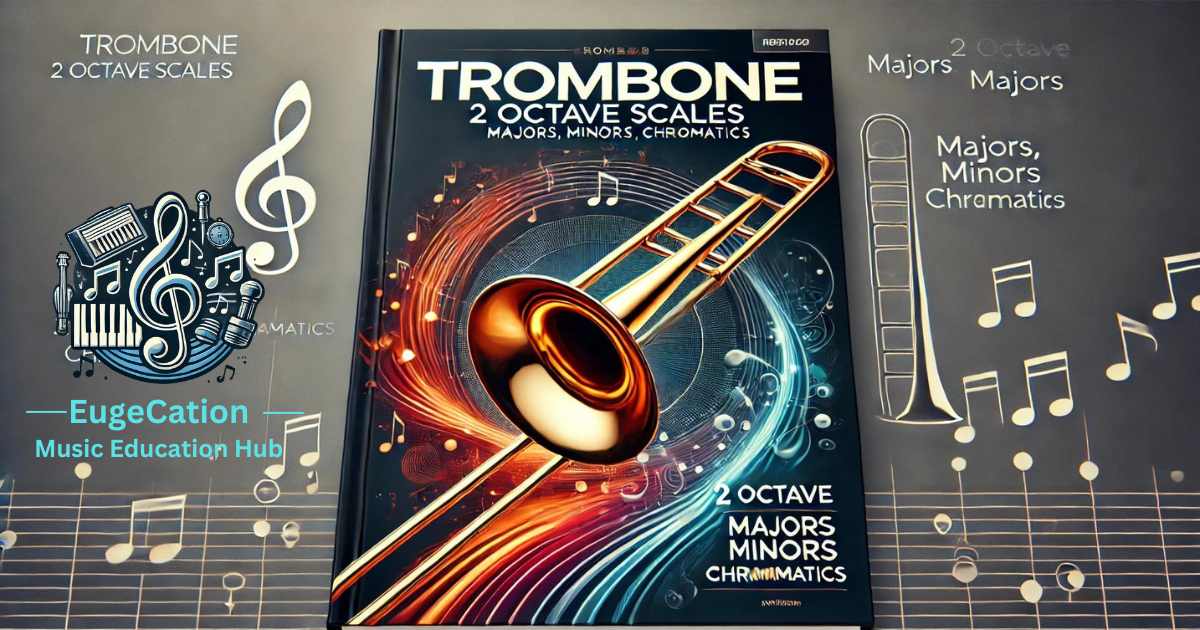
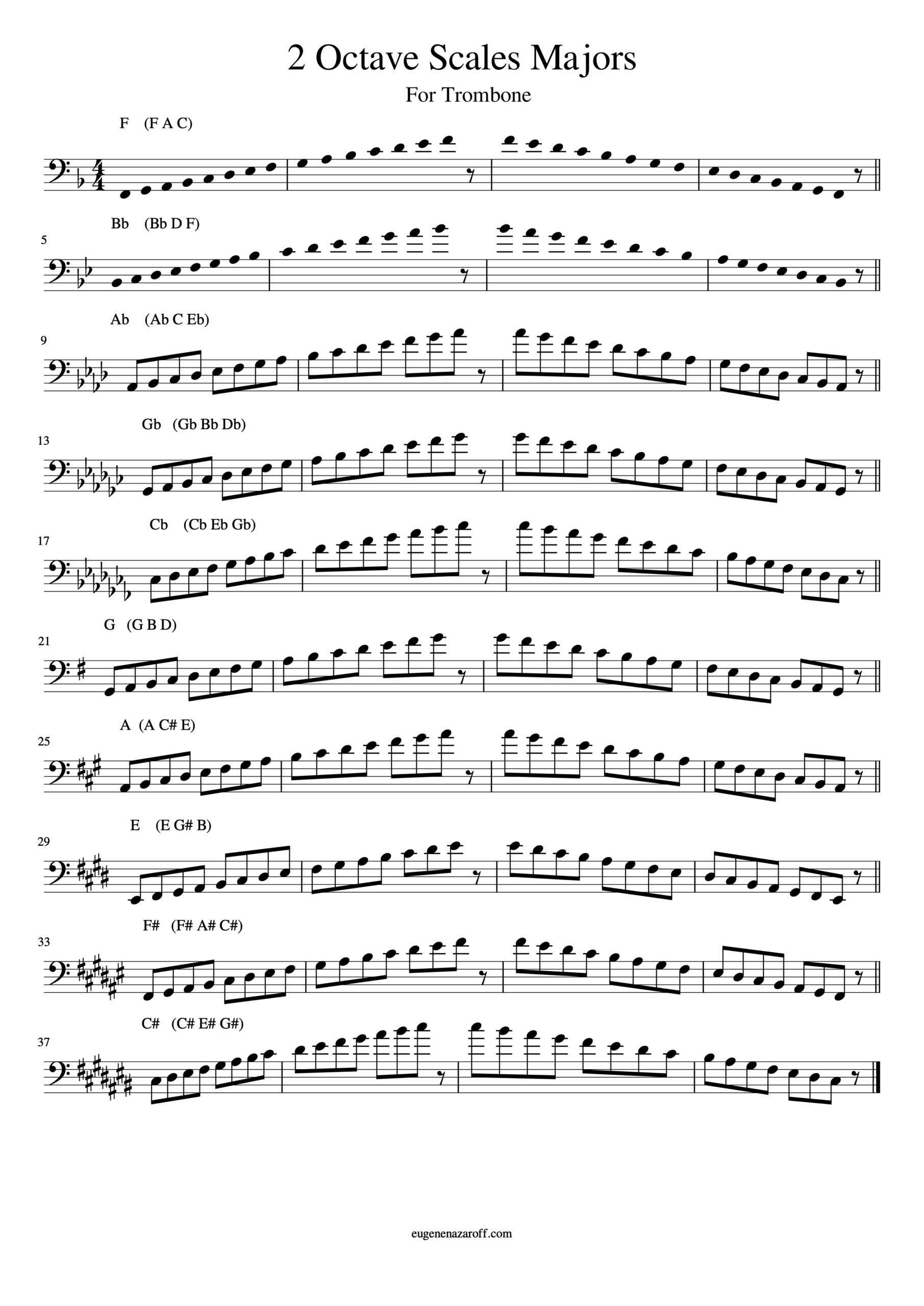
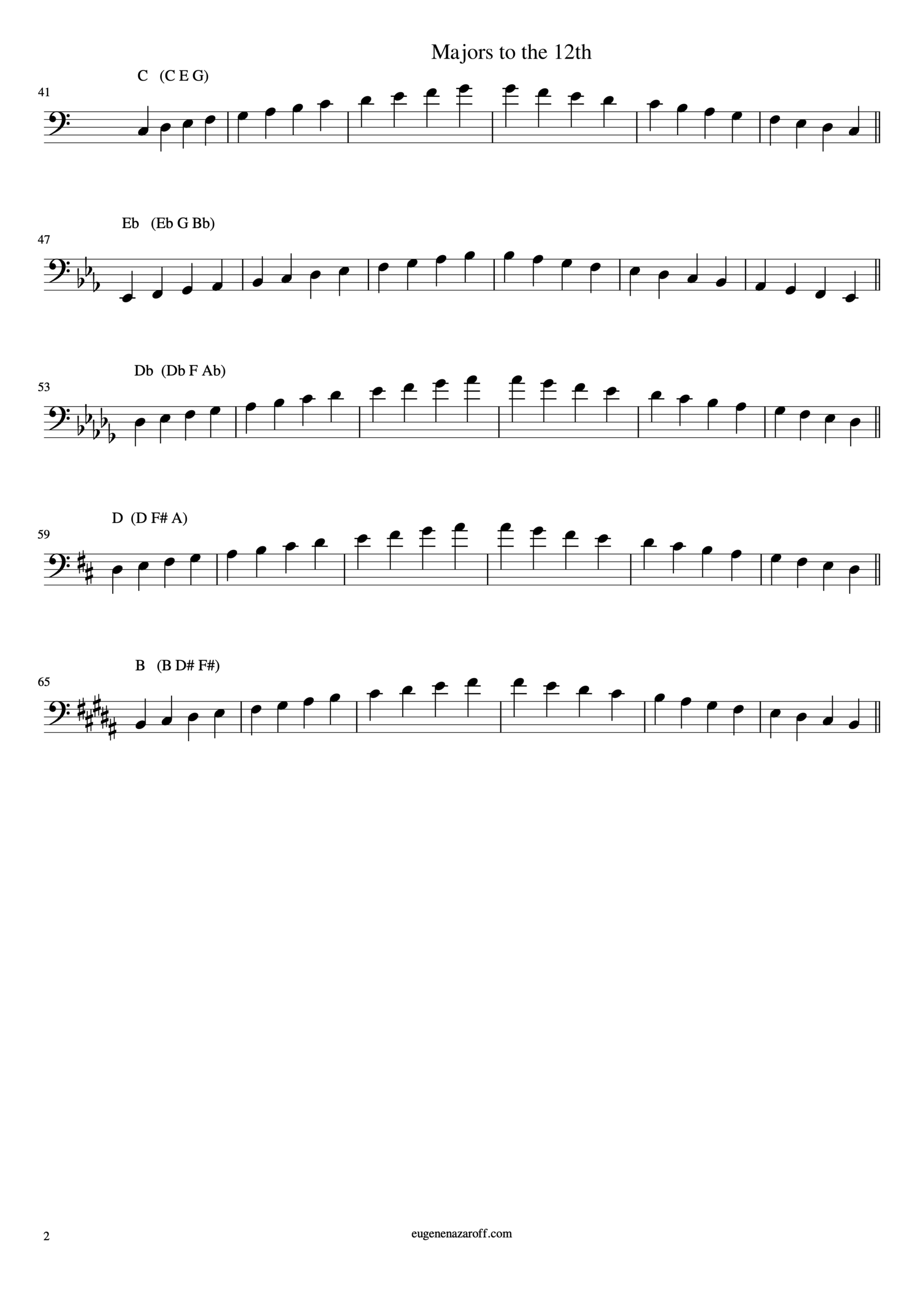
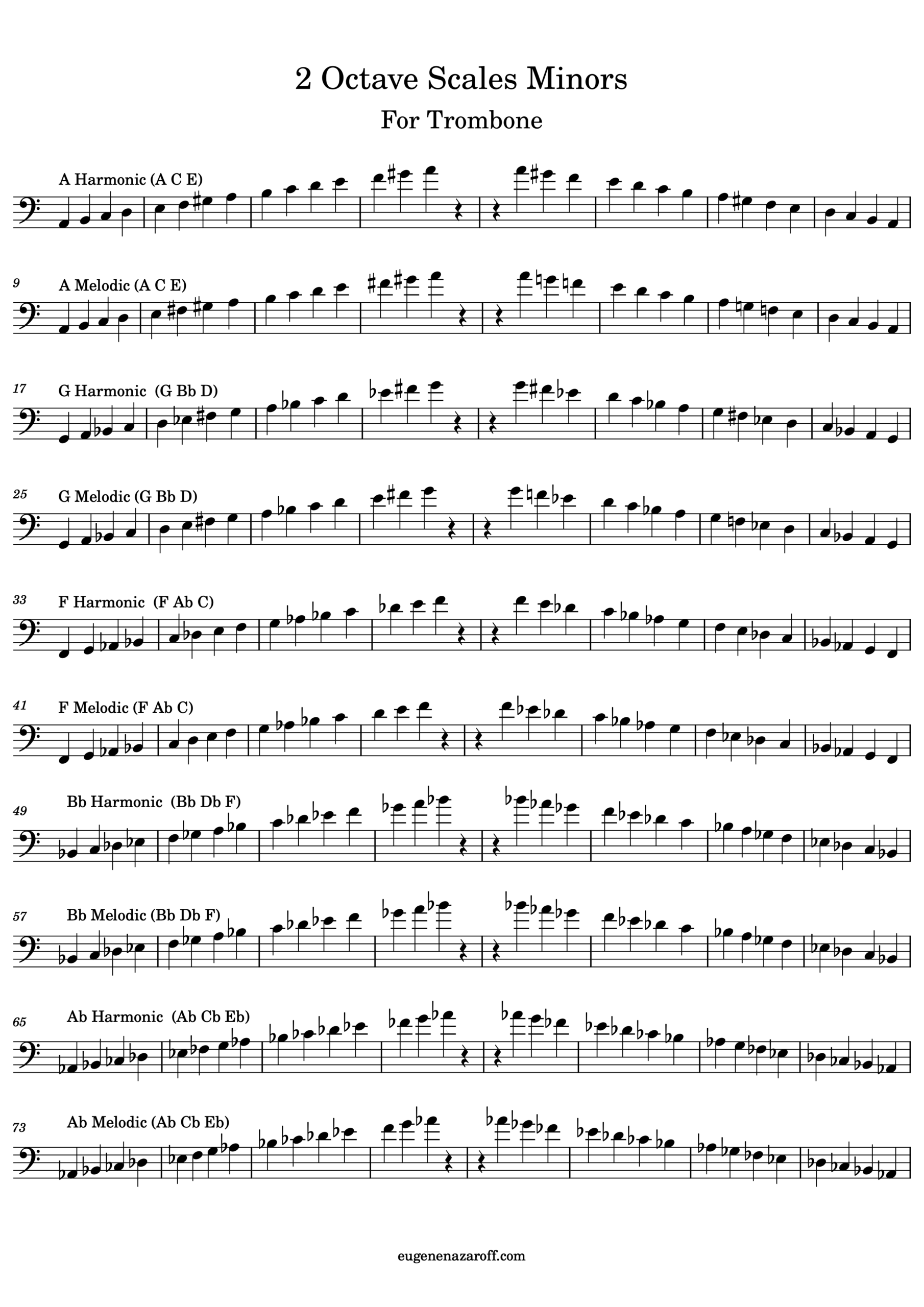

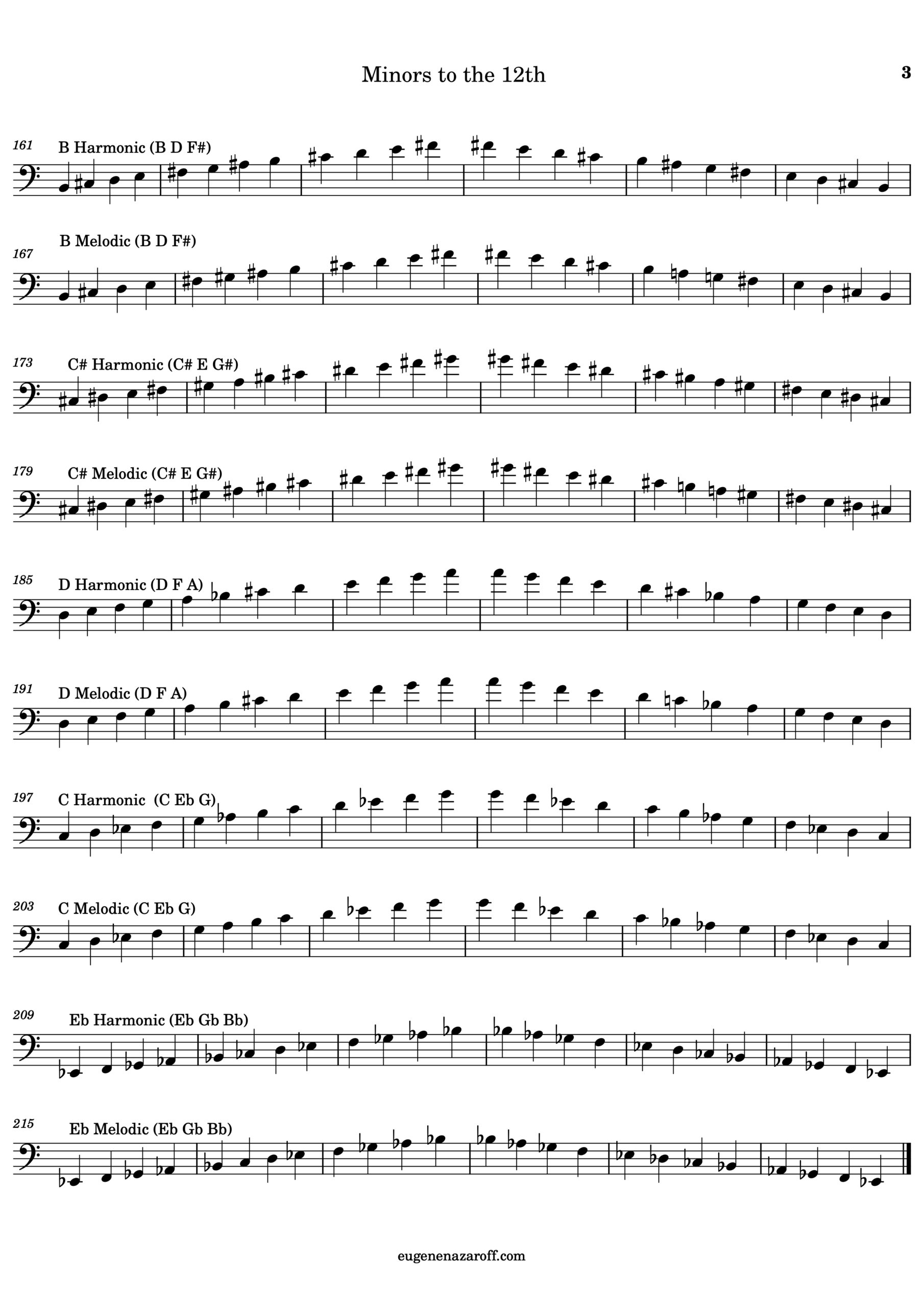
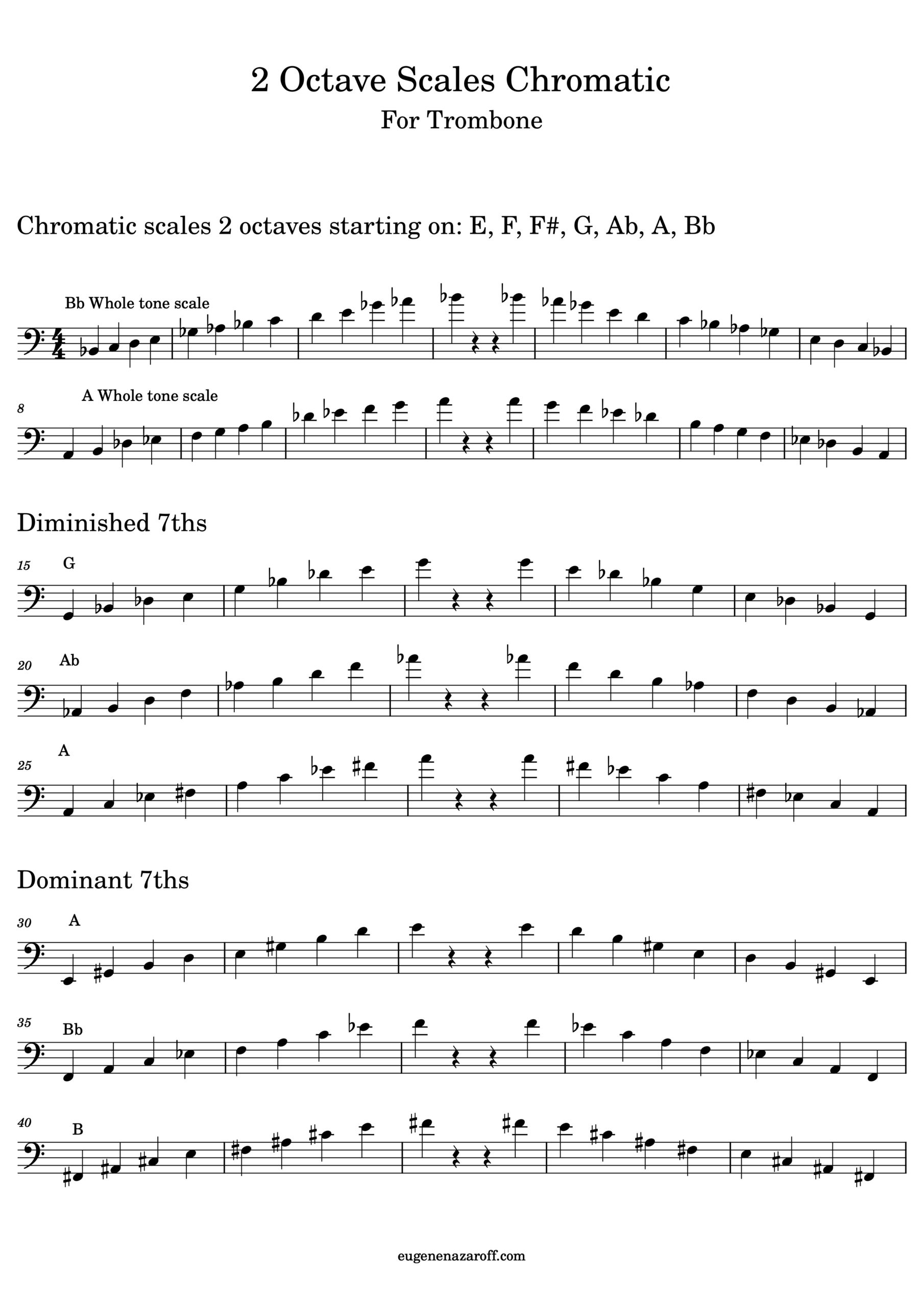
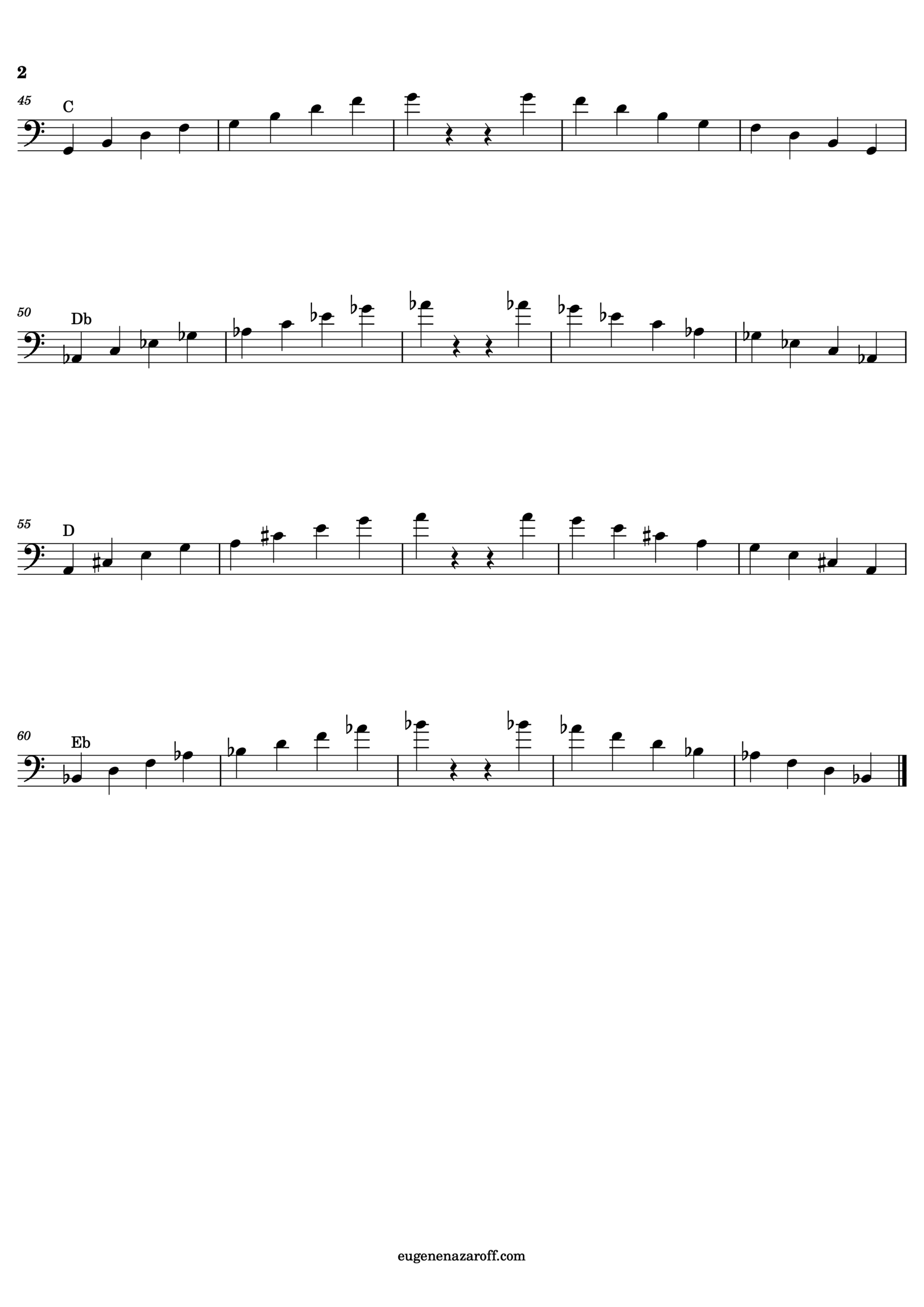
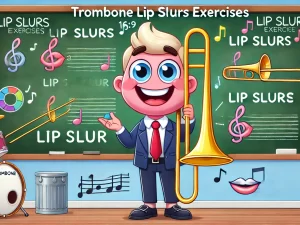


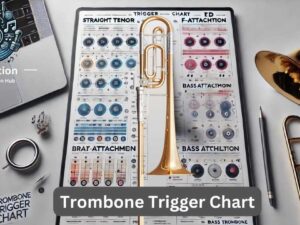
Reviews
There are no reviews yet.